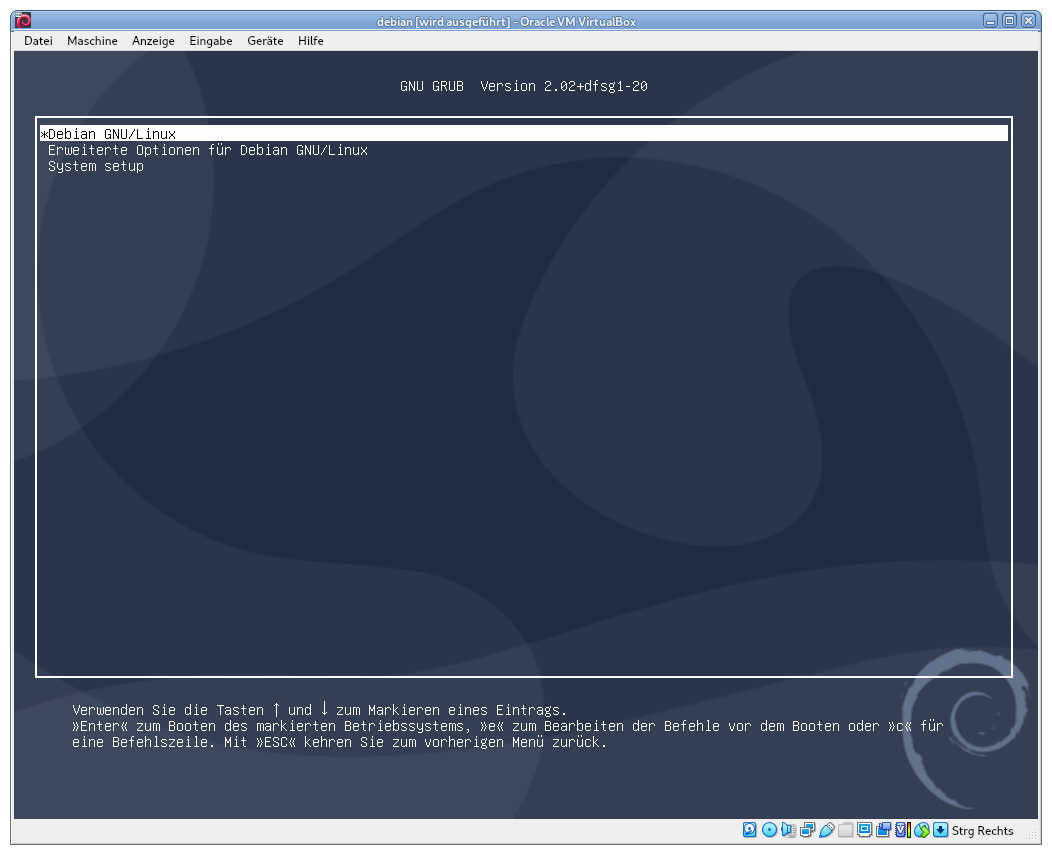

Write the installer to an unmounted USB storage device using the dd command as root.īE VERY CAREFUL TO NOTE THE PROPER DEVICE. Simply copy an iso to the device, reboot, and the auto-generated menu lists all the disk images available to boot. I now use Ventoy to setup a USB device to be a multiboot installer. Prepare a USB storage device as an installer using one of these two methods. $ sha256sum -c -ignore-missing SHA256SUMS Pre-installation 1.1 Prepare install mediaĭownload firmware-11.7.0-amd64-netinst.iso and SHA256SUMS. If using Debian's guided partitioning option, all the necessary partition arrangements are auto-configured whether the computer boots using MBR or UEFI. Installing LVM on top of the encrypted partition allows the creation of multiple LVs protected by a single passphrase, and dynamic resizing of LVs as needed. Later, that encrypted storage is used by the Logical Volume Manager (LVM) to create “virtual partitions” (Logical Volumes or LVs) for separate root and home file systems. There are 3 release branches: stable (code-named "Bullseye"), testing ("Bookworm"), and unstable ("Sid").īelow is a visual walk-through of an installation that makes use of the entire disk divided into two partitions: a small boot partition, and a second partition where all the remaining storage is encrypted using Linux Unified Key Setup (LUKS). Let's go!ĭebian GNU/Linux is an operating system created by volunteers of one of the largest and longest-running free software projects in the world. I use Debian's (unofficial) network installer image (which includes non-free firmware for pesky wifi cards) to create a minimal, console-only base configuration that can be customized for various tasks, servers, and desktops.

Minimal Debian Bullseye ☯ Daniel Wayne Armstrong Daniel Wayne Armstrong ĭebian 11 aka "Bullseye" is the latest stable release of the popular Linux operating system.


 0 kommentar(er)
0 kommentar(er)
